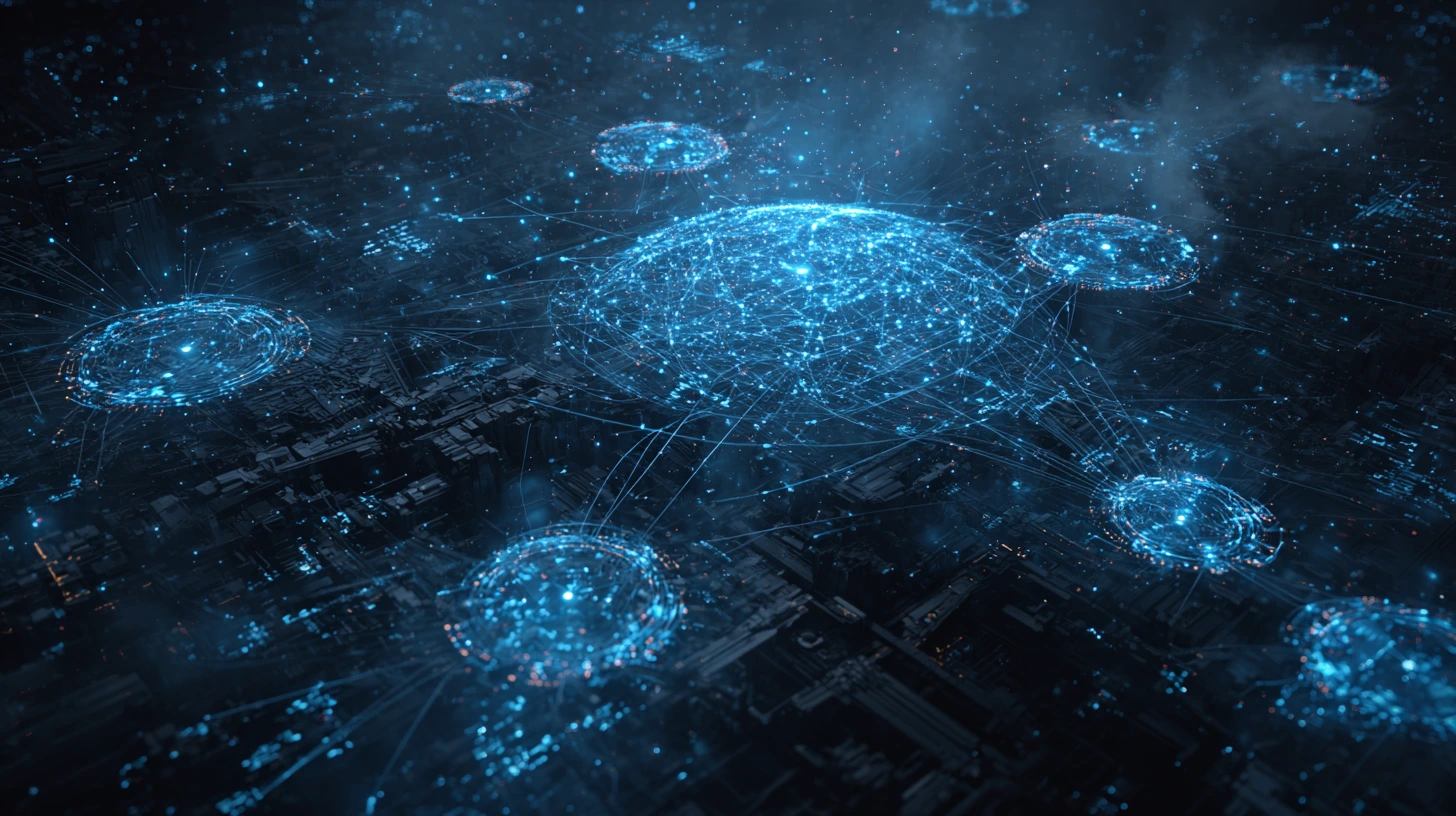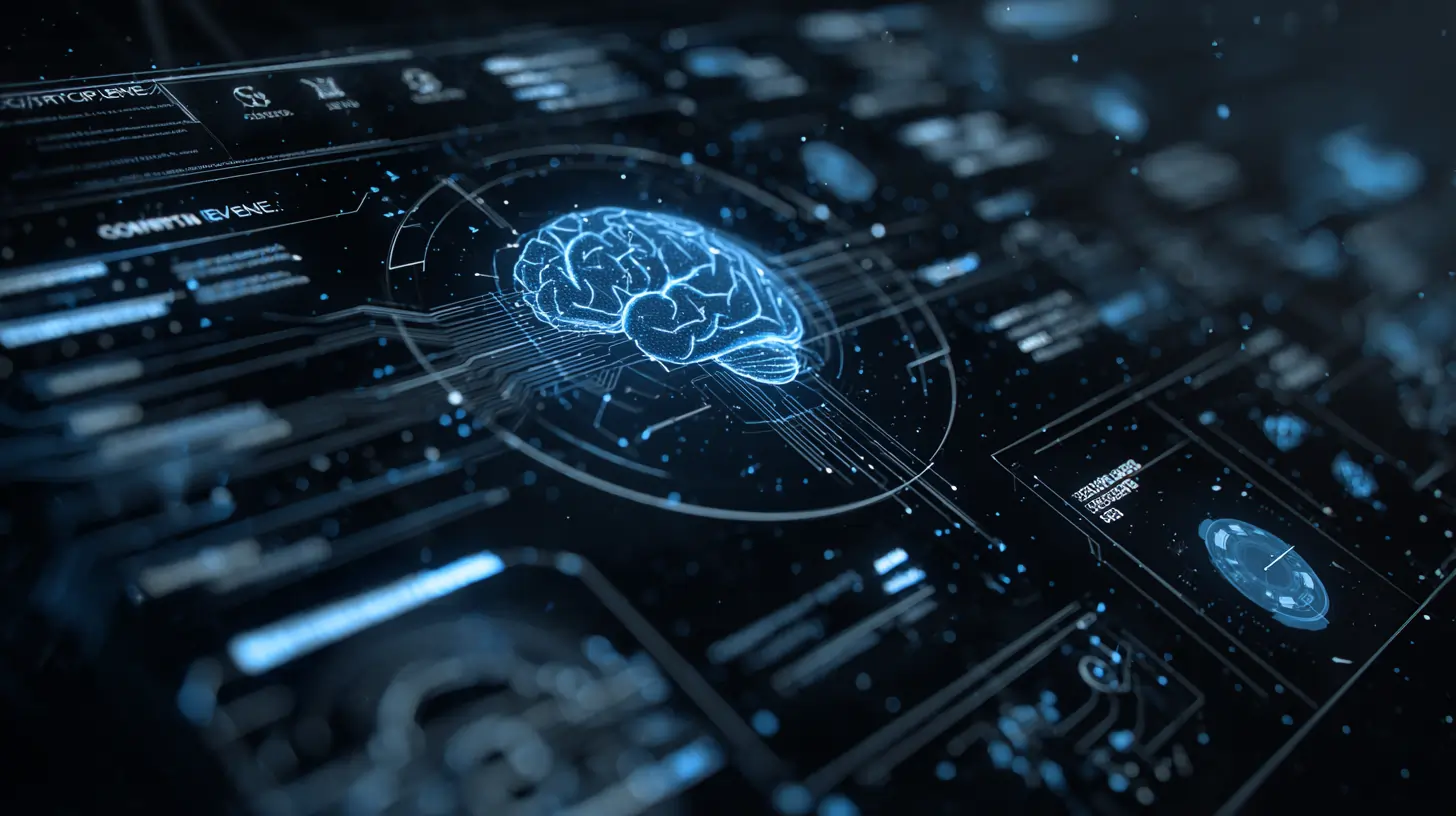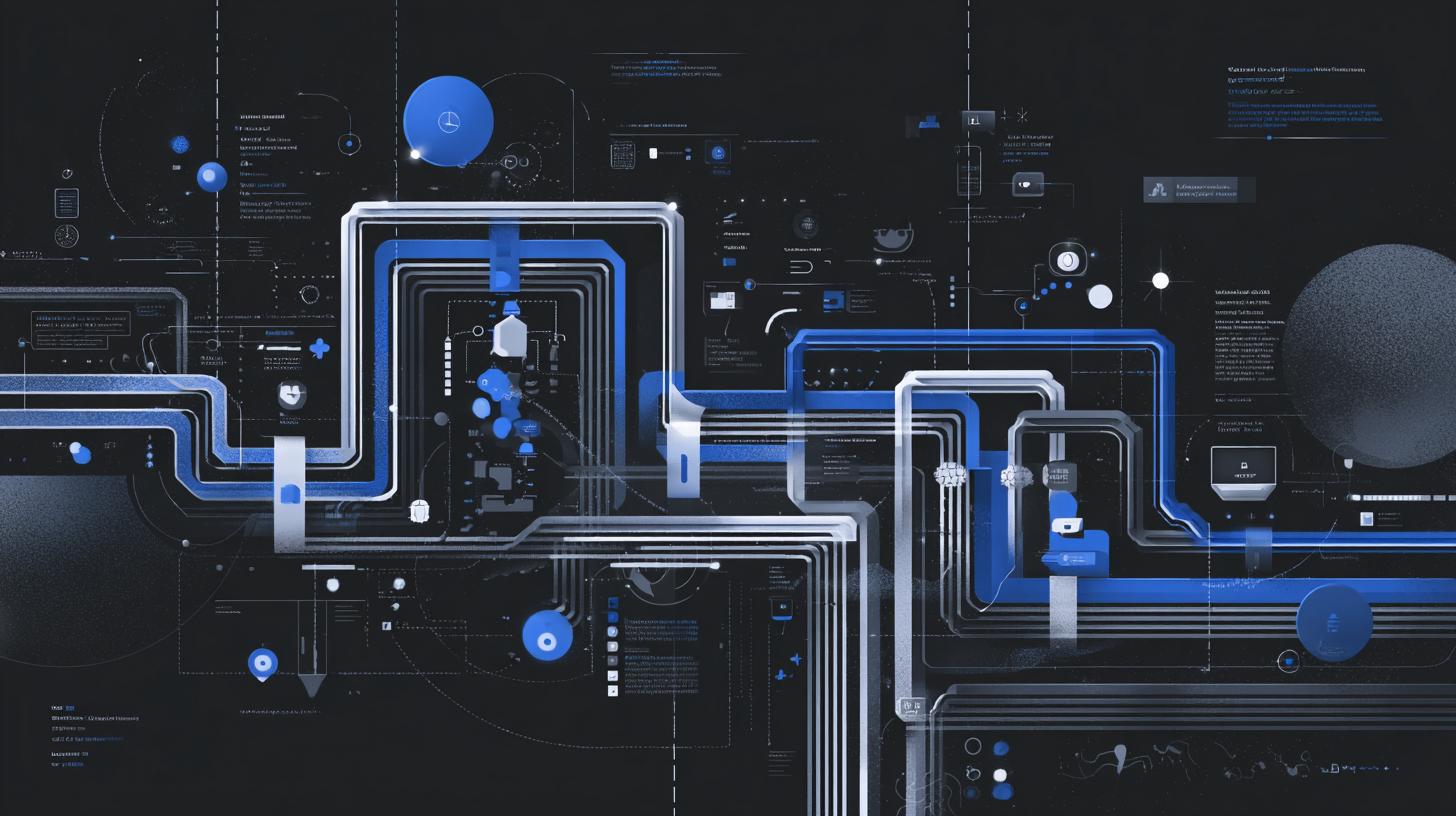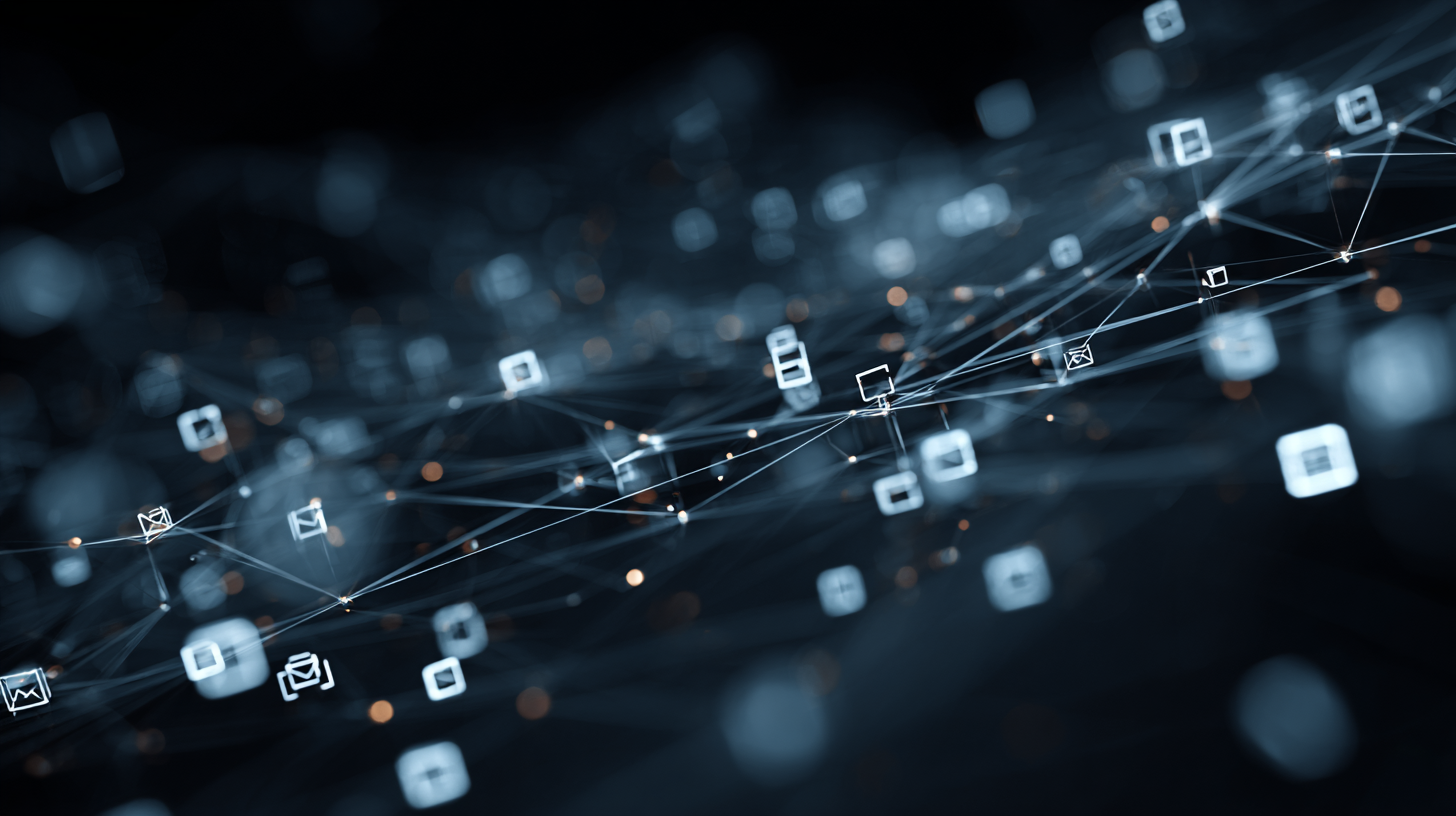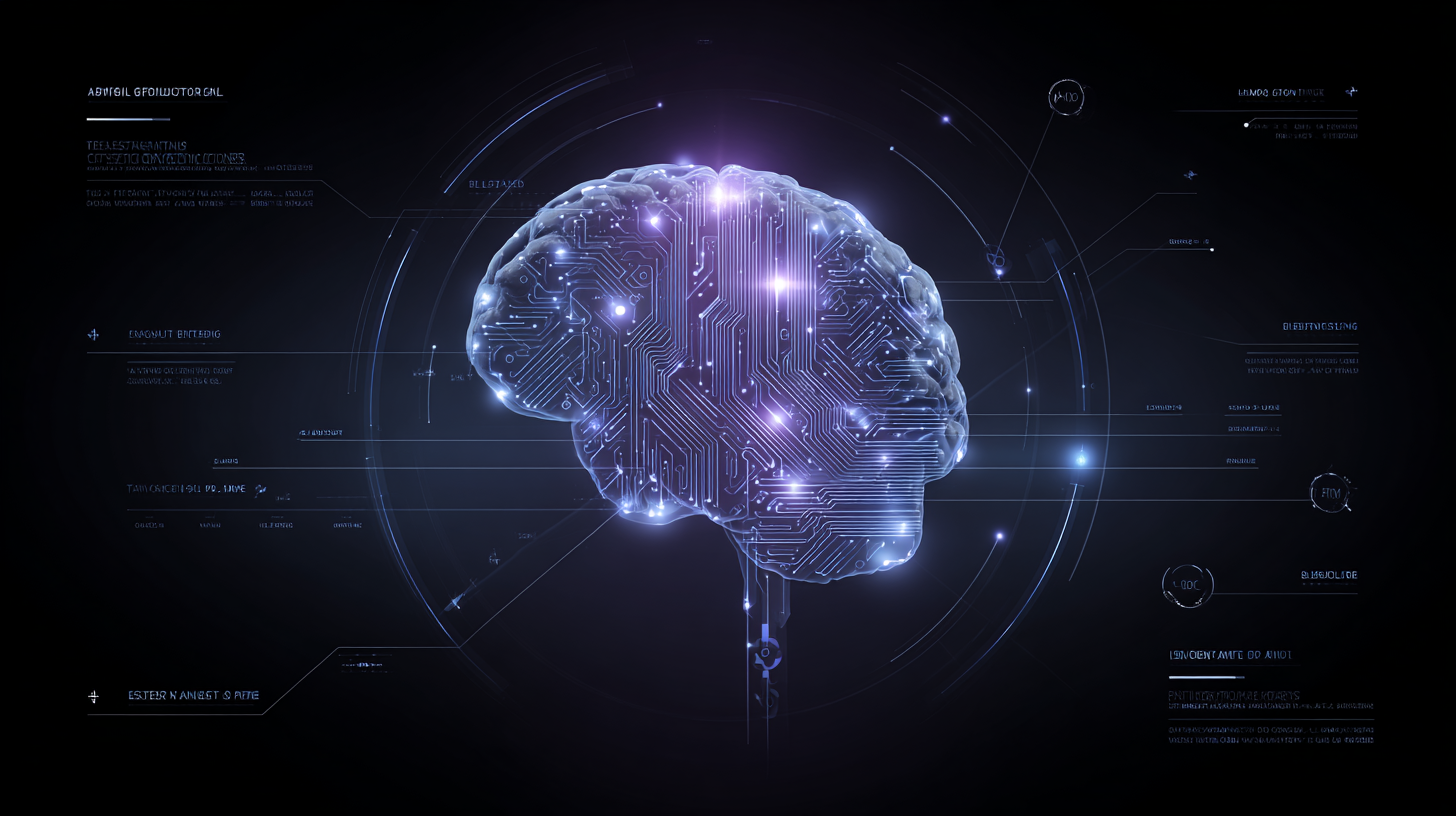For many long-established industrial companies, private equity investment marks the start of a new era, with high ambitions, higher targets, and even higher expectations.
Companies execute acquisitions in adjacent segments to accelerate expansion and capture synergies. But the result often is an organization that grew faster than its systems could follow.
Multiple ERP landscapes. Parallel CRM installations. More than a dozen variations of the same “standard” process. Customer records existing twice, and sometimes not at all. The management team faces investor pressure for rapid integration and measurable efficiency, while middle management struggles to keep daily operations under control.
A textbook case of buy-and-build complexity: enormous growth potential buried under layers of fragmentation.
The real bottleneck is not technology, it’s coherence.
Each acquired entity brings its own applications, data structures, and process logic. “Customer” may mean an invoice recipient in one ERP, a delivery address in another, or a service location in a third. Integration teams spend months aligning schemas and reconciling reports, only for the next acquisition to start the cycle anew.
The missing piece isn’t another integration tool or data lake, it’s a common language of meaning. A layer that defines how the business understands its own world, independent of the systems that happen to store the data.
Enter the Knowledge Graph: an abstraction of complexity.
By introducing a semantic information layer, a Knowledge Graph grounded in an enterprise ontology, the company creates a stable representation of its business reality.
- It defines shared concepts like “customer,” “order,” “contract,” or “product” across all subsidiaries.
- It captures relationships between them, like which customers buy which products, through which contracts, delivered by which plants.
- It connects to all existing systems via lightweight adapters yet remains independent of their individual data models.
This abstraction changes everything. Beneath the graph, systems can be replaced, merged, or retired without breaking the model. Above it, analytics, AI assistants, and management dashboards continue to operate on a consistent view of truth.
The Knowledge Graph becomes the semantic backbone of the enterprise, a layer of continuity in an otherwise moving landscape.
Strategic impact: turning chaos into controlled evolution
Strategic impact: turning chaos into controlled evolution
Once semantics are decoupled from systems, integration transforms from a painful one-time project into a repeatable capability. Each new acquisition plugs into the existing ontology, accelerating harmonization. ERP migrations no longer mean starting analytics from scratch; reports and AI assistants simply query the same graph.
Executives gain a transparent, connected view of their business: across brands, regions, and systems, enabling faster, fact-based decisions. And the organization finally regains control over its own complexity.
Conclusion
In buy-and-build scenarios, stability and speed often seem mutually exclusive. A Knowledge Graph changes that. It introduces a semantic layer that abstracts technical heterogeneity, making the company’s information model durable even when the system landscape keeps shifting.
While technology evolves and integrations continue, the graph anchors a single version of meaning, the foundation every growth story needs to stay coherent while it scales.



